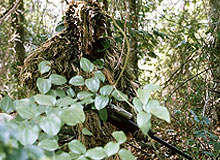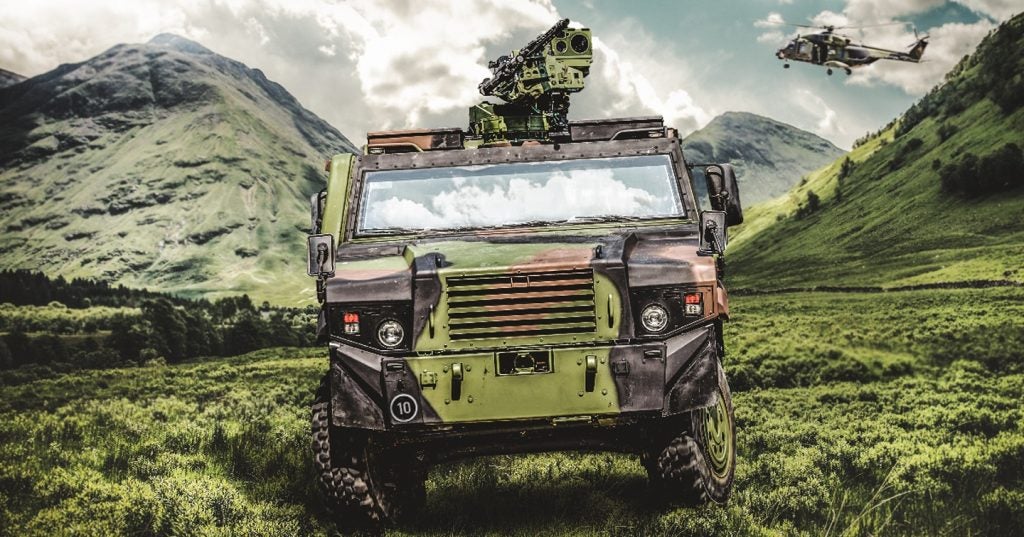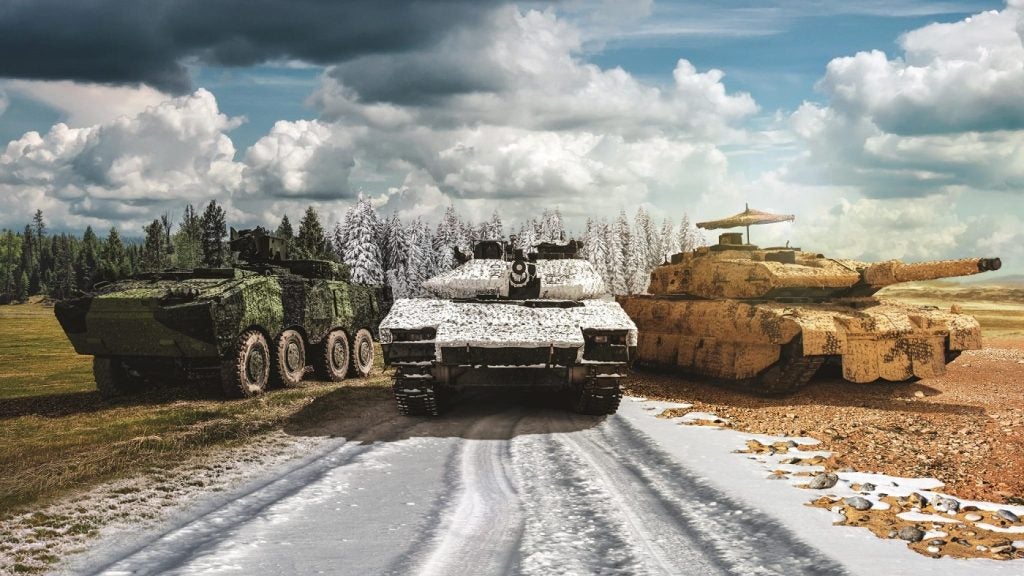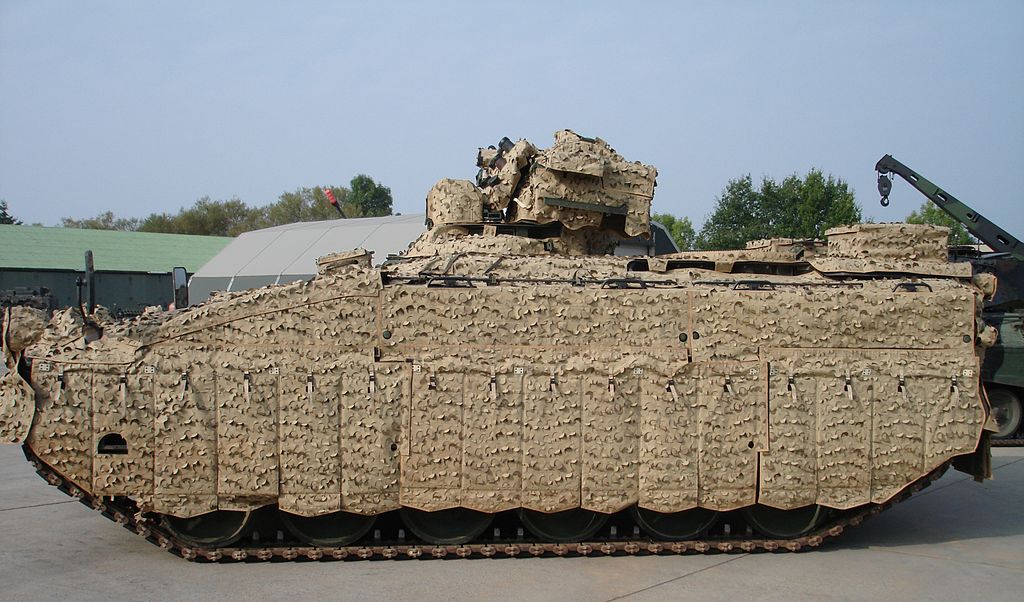
Ever since the invention of nitro powder helped turn the brightly liveried soldiers of the 1800s into highly visible targets on the newly smoke-free battlefields of Europe, the race has been on to provide uniforms that allow military personal to hide effectively in plain sight.
Now, however, the ubiquitous tiger stripes and woodland camouflage patterns that have become so familiar are themselves about to be ousted by a whole new generation of high-tech fabrics, purpose designed to conceal.
Camo goes digital
The first incarnations of this new technology can already be seen on the battlefields of Iraq and Afghanistan, where pixellated, digital micro-patterns have replaced the older macro-pattern colour blobs previously worn by many Western forces. The UK, France, Germany and the US have all developed their own versions, based on an understanding of human neurological response and the wonderfully named science of “clutter metrics” – the study of how readily objects can be located and identified.
Canada is, however, arguably the leader in the class, having broken the mould with its CADPAT design. In tests, this revolutionary fractal disruptive pattern, which mimics the dappling, texture and irregular boundaries found in nature, has been shown to make soldiers almost twice as difficult for observers to spot. Unsurprisingly, it has spawned a host of close imitations, including the US Marine Corps’ own MARPAT combat utility uniform.
Although supplies of these real “digi-cammies” are understandably largely restricted to official military and police forces, as one private security professional working in Iraq says, “there are copies available commercially, and you bet we use them when that’s what an op calls for. Stuff like that can make all the difference out there.” Better patterning is, however, only the beginning.
See Also:
Chameleon biomimicry
In the light of work currently being done at the Sandia National Laboratories, Albuquerque, New Mexico, the long-held dream of adaptive camouflage – that elusive ability to adapt to a changing environment like a chameleon – may shortly become a reality.
How well do you really know your competitors?
Access the most comprehensive Company Profiles on the market, powered by GlobalData. Save hours of research. Gain competitive edge.

Thank you!
Your download email will arrive shortly
Not ready to buy yet? Download a free sample
We are confident about the unique quality of our Company Profiles. However, we want you to make the most beneficial decision for your business, so we offer a free sample that you can download by submitting the below form
By GlobalDataIt has been inspired by the way certain species of fish seemingly effortlessly change colour and pattern to blend in with their surroundings – a trick they achieve using tiny motor proteins in their cells which rearrange the crystals of pigment within their skins. Scientists at Sandia have taken this same approach and started to adapt it to create a synthetic, biomimetic material that will share the animals’ ability to colour-shift.
“Military camouflage outfits that blend with a variety of environments without needing of an outside power source – blue, say, when at sea, and then brown in a desert environment – is where this work could eventually lead,” says team leader George Bachand.
The idea has been tried before, but this time the team has overcome two major obstacles, successfully simplifying the energy supply necessary to make the protein “motors” run, and providing the process with an effective “off-switch”, which adds control. Its laboratory version uses the same fuel as the biological original – ATP – while the switch mechanism has improved on nature, genetically inserting a new artificial docking port into the motor protein macro-molecules. As Bachand explains, “we essentially re-engineered the protein structure to introduce an on/off switch into the motor. So we can now turn our nanofluidic devices on and off.”
The science behind this innovation – biomimetics, nanotechnology and genetic modification – is impressive, but despite the futuristic, sci-fi feel of the project it is not expected to be long before warfighters will see the benefit. Bachand predicts that this kind of clothing will be ready for duty in as little as five to ten years.
Thermal camouflage
In today’s battlespace, military personnel and assets are not only exposed to detection by visible light. As the falling price of thermal imaging and night vision technology has brought these devices within the reach of insurgents and terrorist groups, inevitably the development of a range of appropriate countermeasures has assumed a new priority. For uniforms, this has meant coupling design elements – such as pocket outlines that are offset from the vertical to avoid the tell-tale straight lines that attract an observer’s eye – with new fabrics that mask a soldier’s heat signature.
Ceno Technologies, one of the leaders in this field, is even extending the idea to include camo paint, helping to eliminate the thermal glare from hands and faces.
Masking people is one thing; hiding the distinctive thermal signature of tanks and APCs is quite another. It is possible to disguise them, however, and a number of research projects around the world are refining techniques to do just that. The Greek specialist defence supplier Intermat has developed an insulating foam that minimises detectable heat, the company claiming that a thin coating can make an APC look like a motorbike to an observer equipped with night vision goggles. Researchers at the New Jersey Institute of Technology have taken a different approach, developing plates of thermal insulation that can be applied to strategic places on a vehicle to alter its apparent shape; thus to a watching enemy, that tank is just a car.
With so many of the scientific advances in fields as diverse as biomimicry, nanotechnology, neurological perception and materials science feeding into the development of modern camouflage, increasingly you really cannot believe your own eyes – which is good news for warfighters everywhere.






